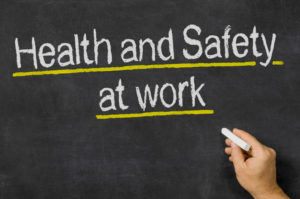 Reasonably practicable is a word used in health and safety and if you have completed any Health and Safety related course you are probably familiar with the words “so far as is reasonably practicable” during this short video we are going to describe what is actually meant by these words in the context of Health and Safety at Work.
Reasonably practicable is a word used in health and safety and if you have completed any Health and Safety related course you are probably familiar with the words “so far as is reasonably practicable” during this short video we are going to describe what is actually meant by these words in the context of Health and Safety at Work.
Where a risk assessment has identified a risk the first consideration is the risk itself, how severe is the risk, what is the likelihood of an incident and the number of people who are exposed to the risk, this is set at the cost both in time and financial terms, the effort and materials required to put control measures in place to reduce the risk.
For example, where there is a high risk that a large number of people are exposed to it would be deemed reasonably practicable for the employer to go to substantial expense and time to reduce the risk. Where the risk is deemed to be very low it would not be reasonably practicable to ask the employer to spend a large amount of money putting control measures in place to reduce it.
It may seem obvious to everybody that spending a few pounds to prevent a serious injury to a large number of people is reasonably practicable and spending thousands putting in control measures to reduce the risk of someone cutting their finger is not reasonably practicable, however there are no set rules and what is reasonably practicable will vary from one business to another, in most situations where a dispute arises the decision as to whether or not it was reasonably practicable will be made in a court of law. It is important to remember that the judgement is an objective one based on the health risks and not the size or financial position of the employer.

Pingback: Health and Safety at Work etc Act 1974 is the primary piece of legislation
Pingback: Welfare At Work comes under the health as safety umbrella as it is
Pingback: Manual Handling regulations are set out in The Health and Safety at Work
Pingback: Risk assessment are completed to identify possible causes of harm